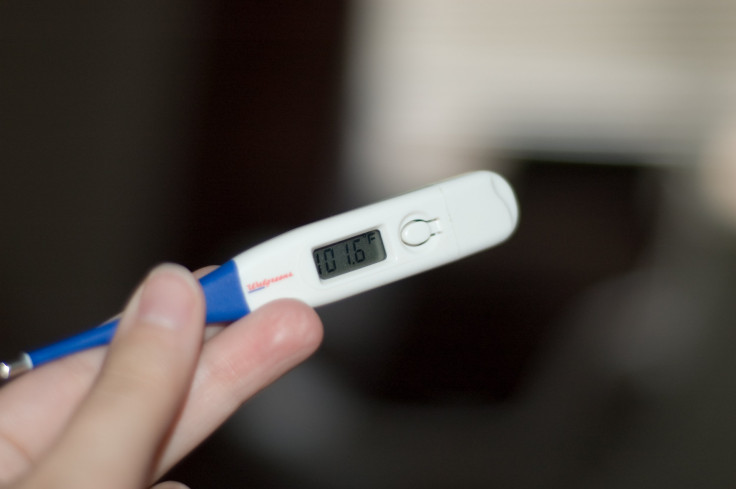Scarlet Fever Making A Comeback: Researchers Concerned It May Be Antibiotic-Resistant

Scarlet fever, a bacterial infection caused by group A streptococcus (GAS), is making a comeback. Researchers from the University of Queensland (UQ) have tracked the re-emergence of the childhood disease, which had mostly disappeared in the past century.
Using genome sequencing techniques, scientists at UQ’s Australian Infectious Diseases Centre identified a rise in the incidence of scarlet fever responsible for causing bacterial resistance to antibiotics. The disease has re-emerged in parts of Asia and the United Kingdom, according to UQ School of Chemistry and Molecular Biosciences researcher, Professor Mark Walker.
“We have not yet had an outbreak in Australia, but over the past five years there have been more than 5,000 cases in Hong Kong (a 10-fold increase) and more than 100,000 cases in China,” Walker said in a statement. “An outbreak in the UK has resulted in 12,000 cases since last year.”
Scarlet fever mainly affects children under 10, but anyone can get the disease. It affects a small percentage of people who have strep throat and manifests in symptoms, including fever, sore throat, chills, and vomiting. It can be treated with the use of antibiotics.
UQ School of Chemistry and Molecular Biosciences researcher Dr. Nouri Ben Zakour said the study’s results were “deeply concerning,” though.
“We now have a situation which may change the nature of the disease and make it resistant to broad-spectrum treatments normally prescribed for respiratory tract infections, such as in scarlet fever,” he said.
Zakour also explained that a rise in scarlet fever could pre-empt a rise in reheumatic heart disease, which is capable of causing permanent heart damage.
“With this heightened awareness, we can now swiftly identify scarlet fever-associated bacteria and antibiotic resistance elements, and track the spread of scarlet fever-causing GAS strains,” she said.
Researchers aren’t sure what kinds of evolutionary forces caused the outbreaks, but bacterial causes, environmental factors, and the immune status of the patients could all play a significant role.
“Only a continued study of the patterns, causes and effects of health and diseases will determine the full impact these recent gene changes will have on the global GAS disease burden,” Zakour said.
The research was published Wednesday in Scientific Reports.
Source: Zakour N, Davies M, You Y, Chen J, Forde B, Stanton-Cook M, et al. Transfer of scarlet fever-associated elements into the group A Streptococcus M1T1 clone. Scientific Reports. 2015.



























